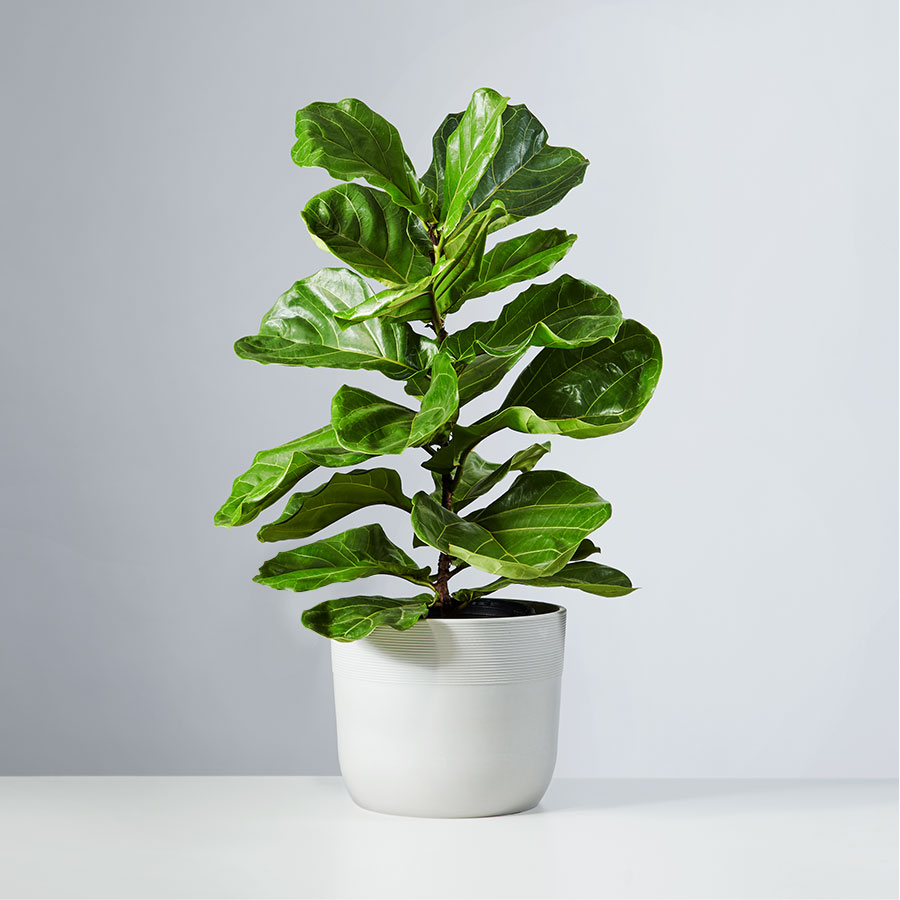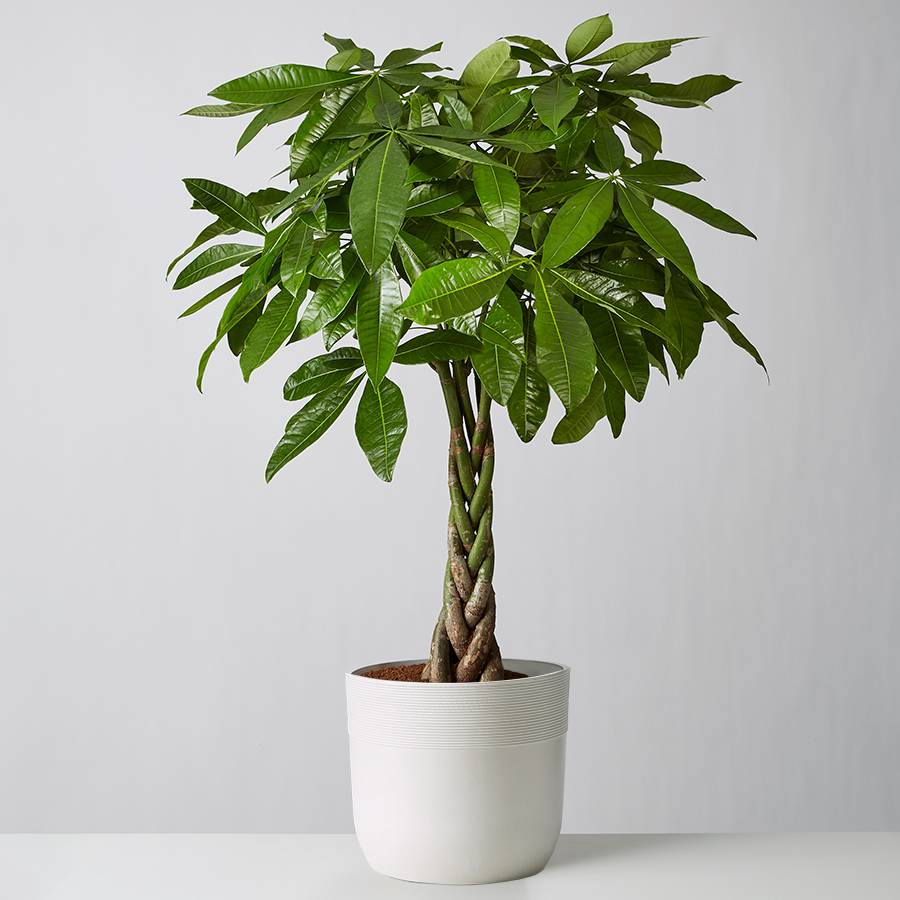Best low maintenance trees to grow indoors – experts reveal the trees that anyone can grow at home
If you've got the space, adding an indoor tree to your houseplant collection will add natural style to any room

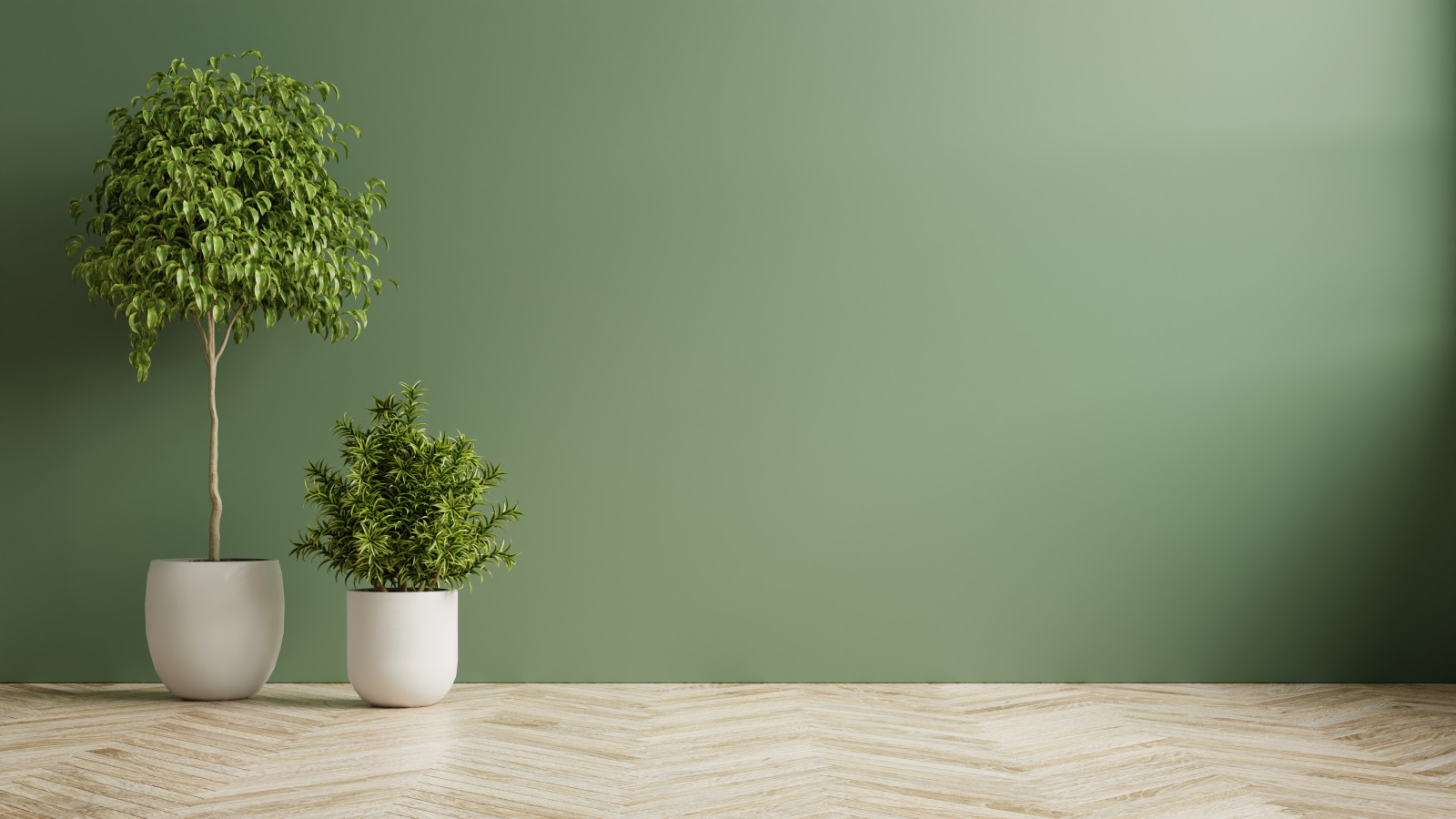
Growing indoor plants can be a rewarding experience and a sure-fire way to enhance your home with greenery. Using tall indoor plants and trees creates a statement in your home, whilst also bringing more of nature inside.
The positive impact that houseplants and indoor trees can have on our health is nowadays widely discussed, with their air-purifying and mood-boosting benefits widely reported, as well as their ability to reduce stress.
Many varieties of indoor trees are available, with different leaf shapes, styles and colors. It is important to choose a tree, or trees, that are well-suited for your indoor conditions. Tree selection can be a tricky business, however, and we must use varieties that will accommodate the home ecosystem, complete with challenging temperatures and humidity levels.
So, we asked the experts to recommend the best low maintenance trees that will thrive indoors to ensure your growing success.
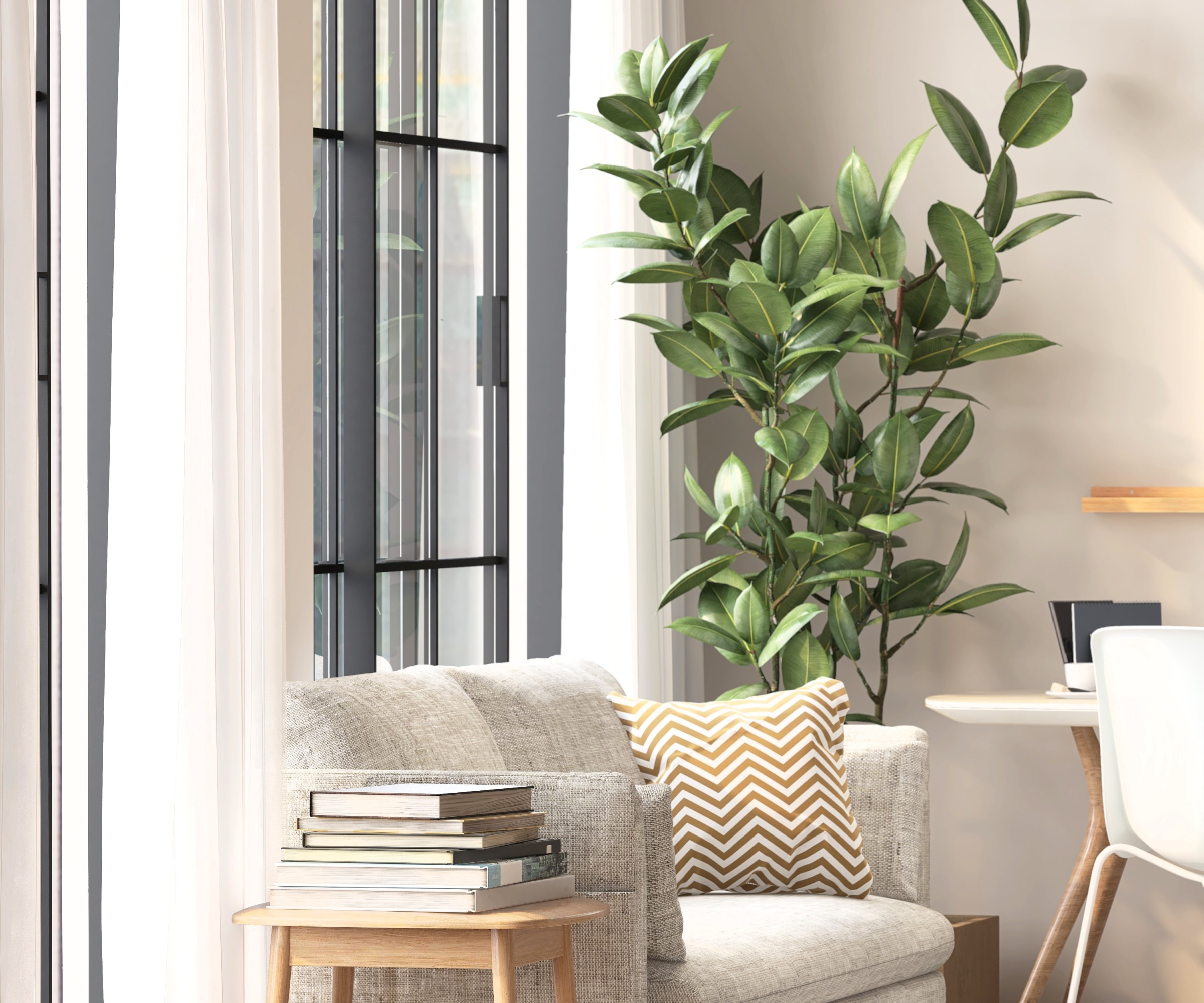
Six trees to grow indoors
Whilst there are many trees to choose from, you should be careful to select a tree that suits the conditions of your home, or more specifically, the room you intend to use.
Light levels and humidity levels are the factors to think about. If you have a dark, shady bathroom, then planting a sun-loving cactus will not work. Always plant for the environment you have. Follow our top tips on planting and aftercare to guarantee success with your indoor garden.
1. Fiddle leaf fig
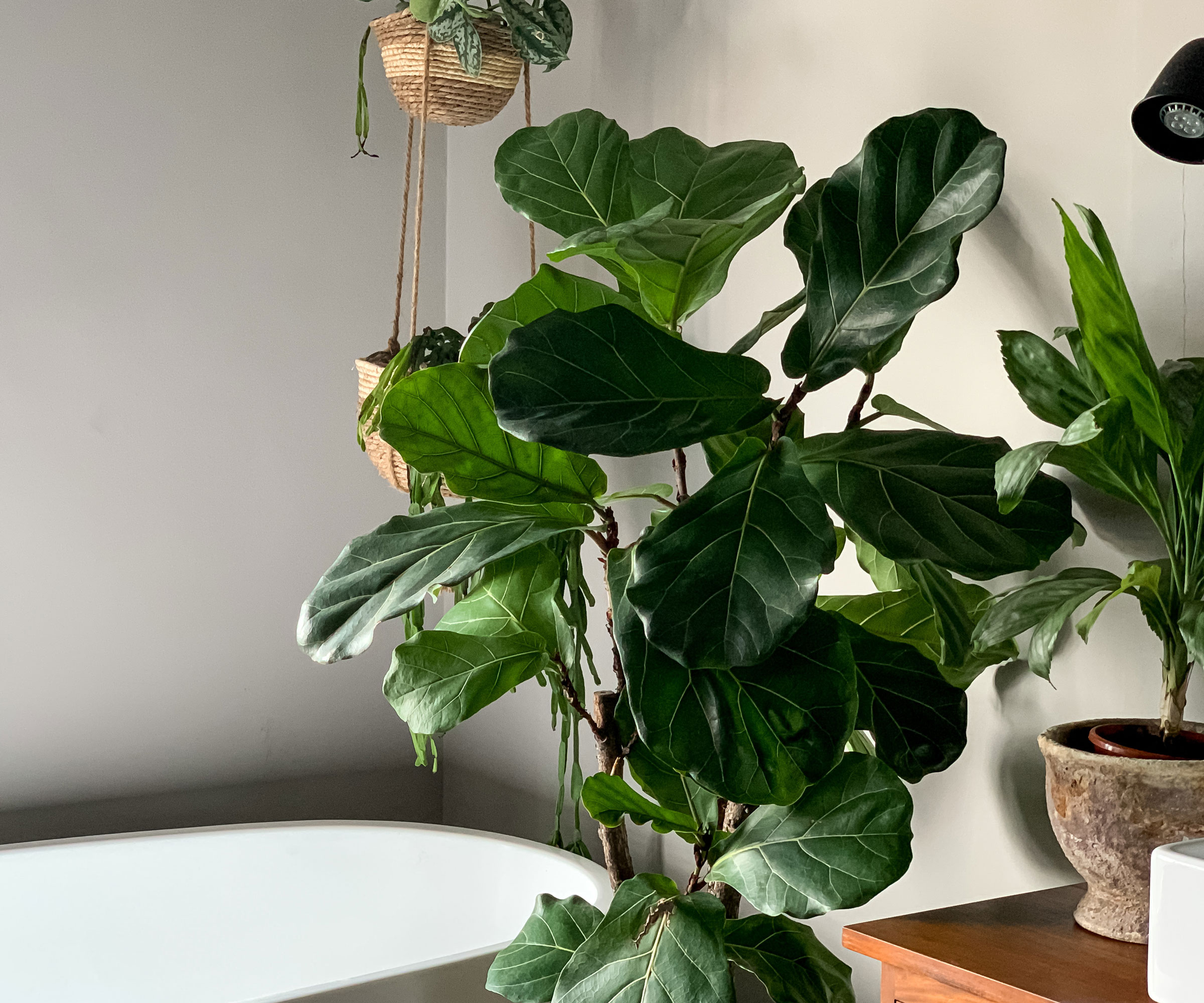
An incredibly popular indoor tree, the fiddle leaf fig, or Ficus lyrata, has broad and attractive foliage, growing up to 10ft tall indoors.
Design expertise in your inbox – from inspiring decorating ideas and beautiful celebrity homes to practical gardening advice and shopping round-ups.
'It makes a great statement in a home with larger than life leaves,' says Virginia Hayes, Indoor Plant Pro at Westerlay Orchids. The fiddle leaf fig is 'extremely popular with interior designers,' Virginia says, and importantly, 'easy to get hold of.'
Fiddle leaf figs are tough plants, but finding the right spot, with bright, partial light will help them to grow. Beware direct sunlight, as this can burn the leaves, a concern if placed near a window. One tip is to 'rotate your fiddle-leaf fig by a quarter turn each month', says Virginia, so the tree grows evenly, and not to one side. To keep the tree looking healthy, occasionally dust the leaves off so the plant always looks fresh.
Key points for growing a fiddle leaf fig tree at home:
- Light: The fiddle leaf fig is 'perfect for homes with bright natural light,' Virginia says. Avoid spaces with low light levels or no natural sunlight.
- Watering: Water just once a week but always be cautious. With indoor plants, there is always the risk of overwatering, so water sparingly.
- Soil: Free draining potting mix, combining perlite, grit and/or sand with your potting mix to ensure water drains through your soil.
- Fertilizing: Feed every four weeks during the growing season with a general house plant fertilizer, such as this indoor plant food from Walmart.com.
- Toxicity: Keep in mind that this plant is toxic to cats and dogs, so keep an eye on the foliage, especially if the leaves drop.

Virginia Hayes floral background started in 1999 importing and exporting floral products from offices worldwide. Holding over 24 years of experience, Hayes is widely respected in the floral industry for both her design skills and business knowledge. With a natural green thumb for all plants indoor, Hayes’ contributes to media outlets like Martha Stewart, Real Simple, Apartment Therapy and more!
2. Parlor palm
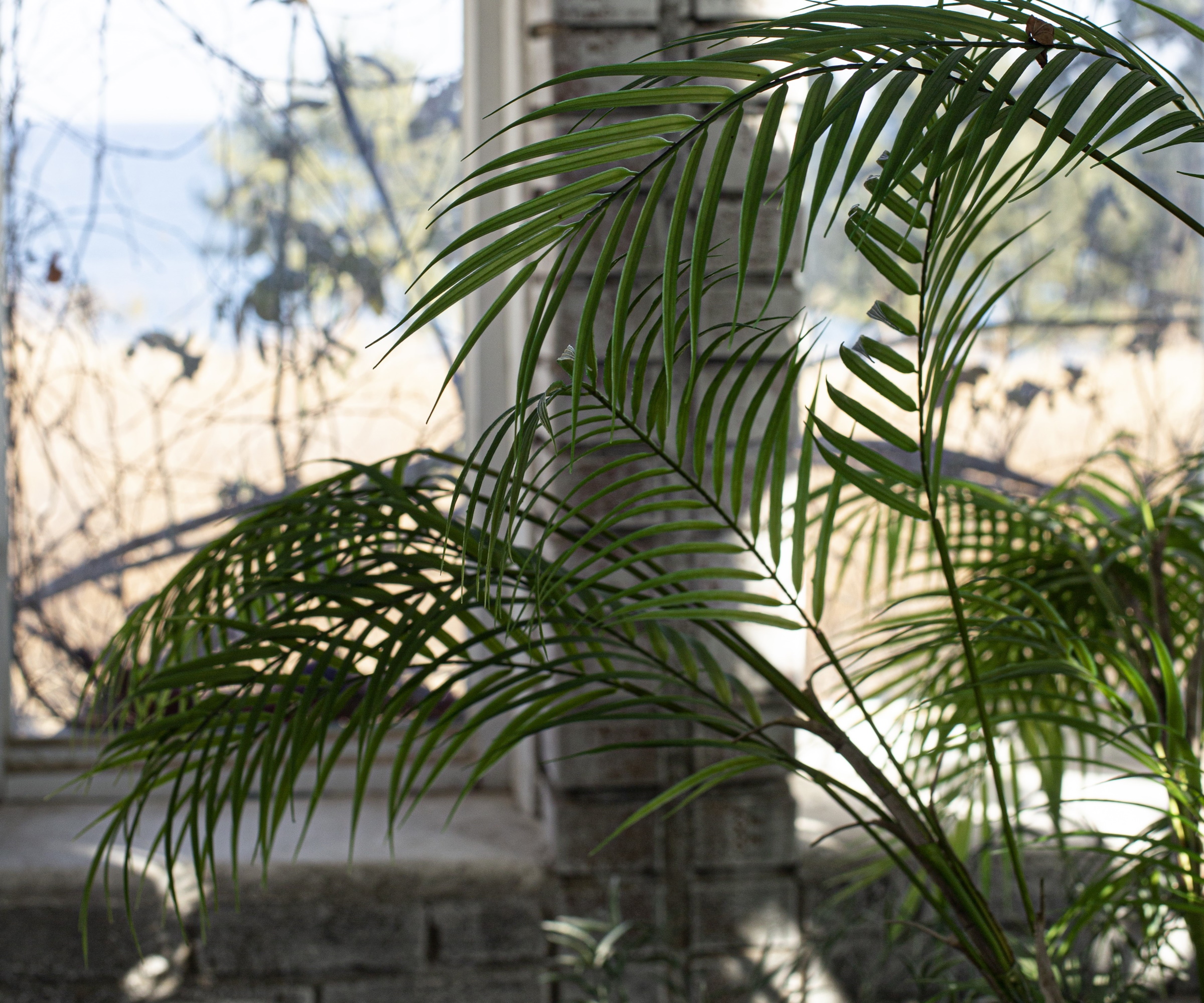
The parlor palm, or Chamaedorea elegans, is an 'elegant and easy to care for tree that will bring a tropical look to your home,' says Vladan Nikolic, indoor gardening expert and Founder at Mr Houseplant. They are often considered one of the best indoor trees, as they can tolerate low-light levels and inconsistent watering. Whilst you cannot ignore them entirely, they will survive some neglect.
'If you want a really tropical look,' Vladan says, 'I suggest buying a larger plant as it will take a lot of time for smaller ones to grow in size.' Parlor palms are slow-growing, eventually reaching 3 - 4ft in height. Why not try raising this pot up, and placing on a stool or cabinet for greater impact?
Key points for growing your own parlor palm at home:
- Light: Tolerates low to medium indirect light. 'Avoid too much direct sunlight, as it can scorch the leaves,' Vladan says.
- Watering: Allow the soil to dry out before watering again. Remember, with houseplants, there is a greater risk of overwatering than underwatering.
- Soil: Well-draining potting mix. Ensure that you have a layer of drainage material at the base of your container and that the drainage hole (if you have a container with a saucer) is covered by stones to stop the hole from clogging up.
- Fertilizing: Feed every 4-6 weeks during the growing season with a fertilizer high in nitrogen. 'As long as the plant is growing new leaves, you can fertilize,' says Vladan. Once growth stops or slows down, 'do not fertilize to avoid damaging the plant with too many minerals.'
- Toxicity: The parlor palm is non-toxic to cats and dogs.
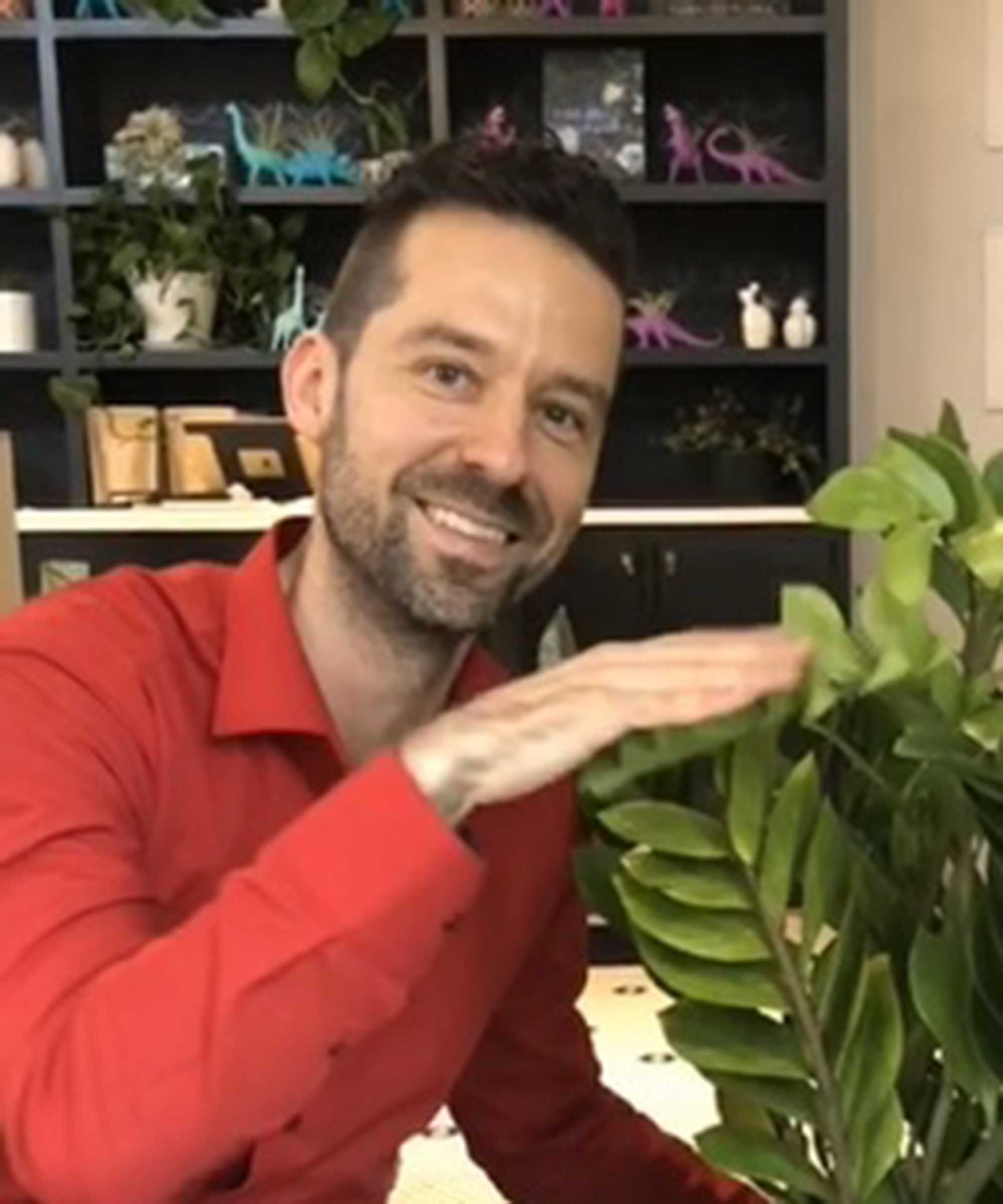
Vladan Nikolic (Mr. Houseplant) is a Houseplant Expert and the Founder of Mr. Houseplant LLC. He has over 10 years of houseplant experience and he is the founder of the indoor plant blog www.mrhouseplant.com, a former plant shop owner, and a social media influencer for houseplants with over 500,000 followers. He helps newcomers into the houseplant world become great plant parents.
3. Money tree
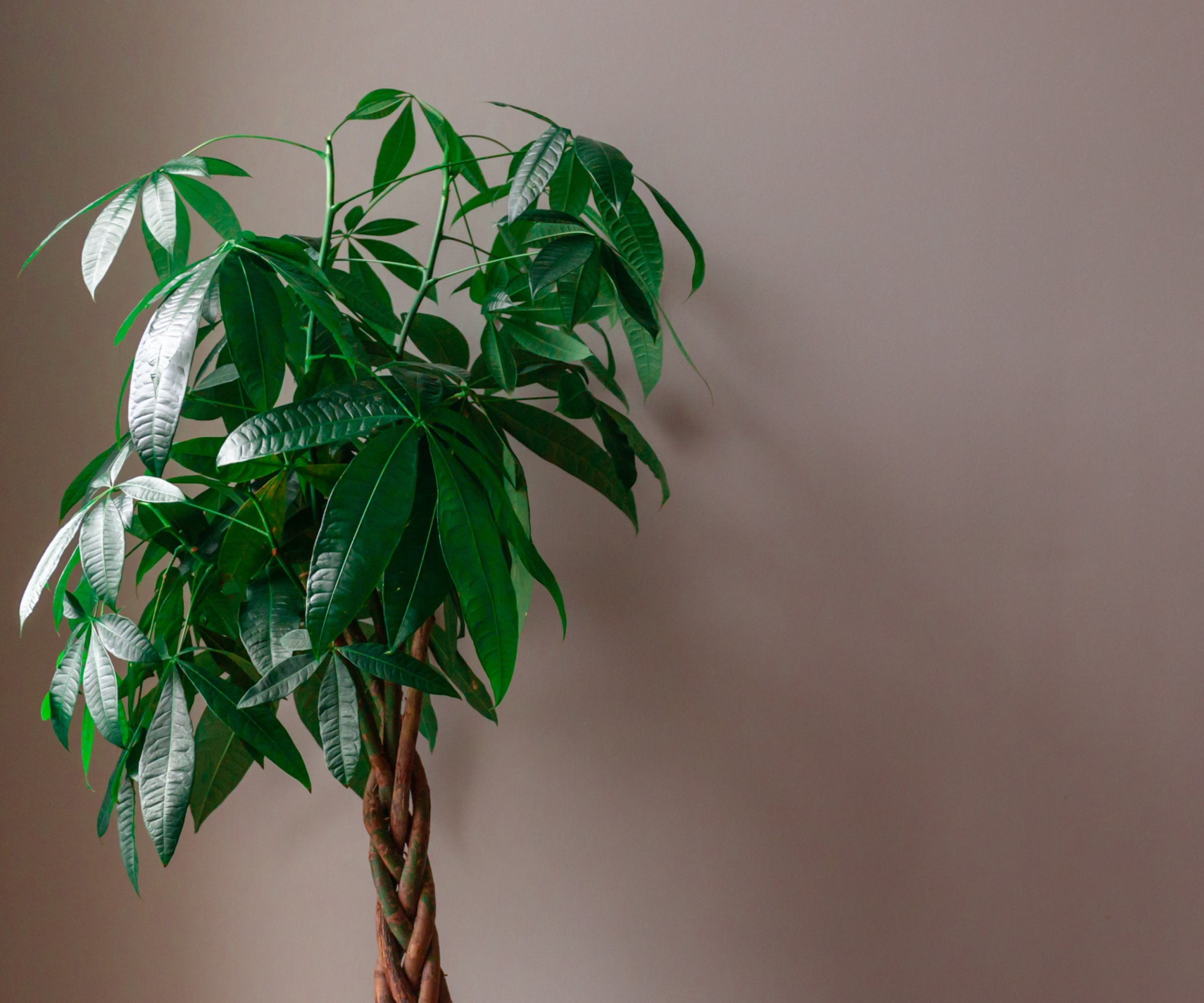
The unique trunk of Pachira aquatica, more commonly known as the money tree, forms a braid-like structure that will be an attractive addition to your indoor plant collection. Whilst the money tree prefers high humidity and moisture, don't let the roots sit in water. Make sure the container is filled with a potting mix that has excellent drainage, but keep moist with consistent watering and misting, using something like this plant mister from Walmart.com.
Your money tree can grow up to 8ft tall, but as it grows you might need to think about a tidy up. When considering how to prune a money tree, regularly check for dead or dying stems, which will help you to identify any problems with light levels or watering. It is advisable to concentrate growth on 2 or 3 stems that form the central braid, so it is best to cut back any leggy new shoots.
Key points for growing a money tree at home:
- Light: This tree prefers bright but indirect light, but will tolerate shadier spots.
- Watering: Allow the soil to dry out before watering. Place your finger on top of the soil to check for dryness. In the growing season, a good drink every week should be sufficient.
- Soil: Use a free-draining potting mix on top of a layer of drainage material at the base of your container. The money tree will not thank you for sitting in water, so it is important to get the soil mix correct.
- Fertilizing: Feed every four weeks during the growing season.
- Toxicity: The money tree is non-toxic to cats and dogs.
4. Bird of paradise
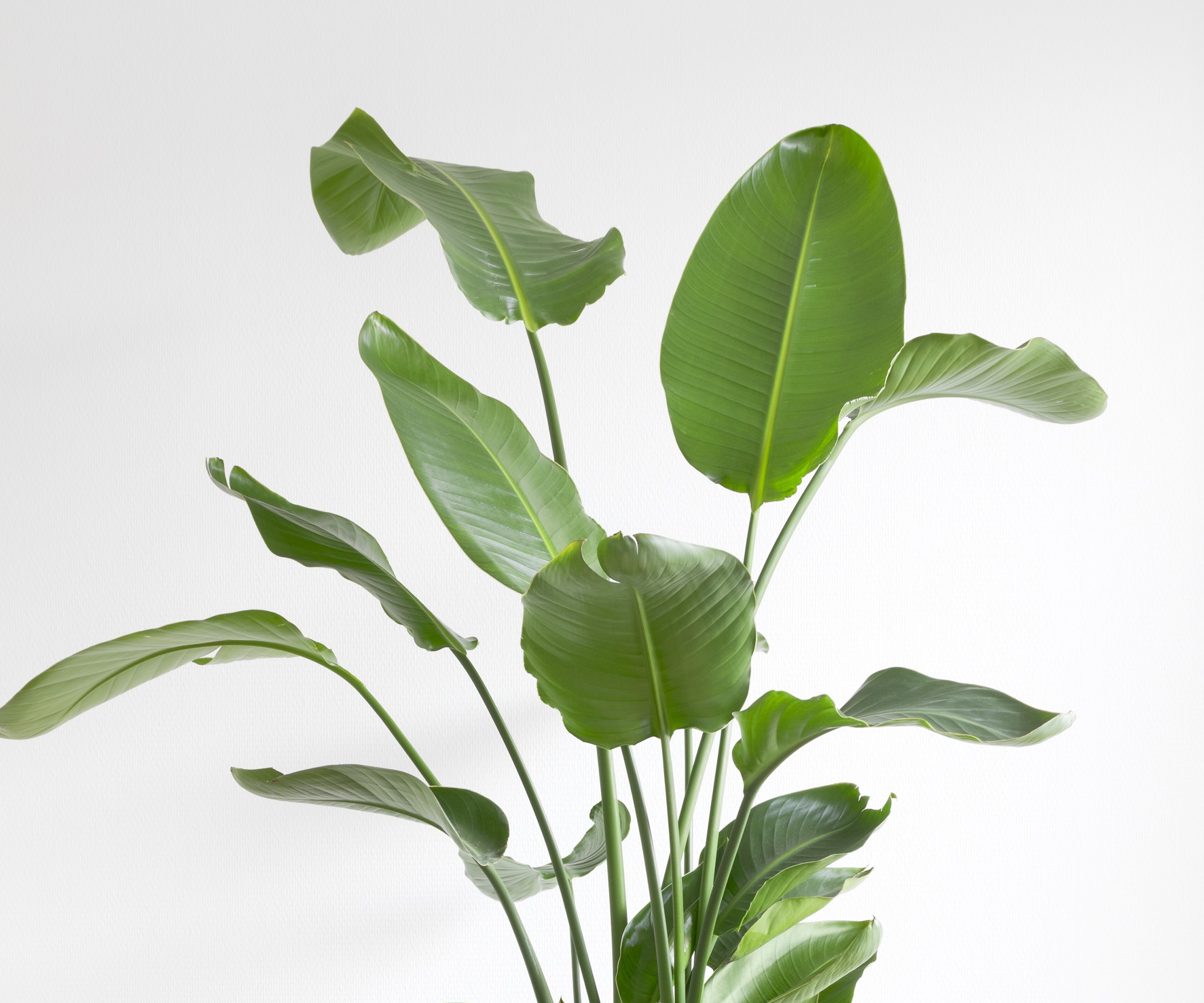
Strelitzia reginae, commonly known as the bird of paradise, is an excellent choice for those seeking a low-maintenance, topical option. Whilst not technically a tree, the bird of paradise plant has been included here as it can grow between 5 - 8 ft indoors and has a sturdy, upwards structure. With banana tree-like foliage, it will add a touch of tropical to any space.
Considering how to grow bird of paradise, this plant will thrive with minimal care. It is tolerant of indoor conditions, but be sure that your plant gets sufficient light. Too little will cause the plant to suffer, and leaf damage will result. Remember that these plants can be grown outdoors in US hardiness zones 9 - 11, so they will need a certain amount of warmth. If in doubt, it is always sensible to keep them away from cooler zones of the house, such as near a door leading outside.
Key points for growing your own bird of paradise plant at home:
- Light: The bird of paradise plant prefers bright, indirect light, but will tolerate low light conditions. However, if you can provide it with bright indirect light it will be much happier, leading to better growth.
- Watering: Allow the soil to fully dry out before watering. The plant does not like sitting in wet soil for long periods of time.
- Soil: Use a free-draining potting mix that allows excess water to drain away. Most store-bought mixes will need to be mixed with grit, perlite or bark.
- Fertilizing: Fertilize every 4-6 weeks during the growing season. Do not fertilize during the winter months.
- Toxicity: The leaves of Strelitzia reginae are toxic if ingested, so it is best to keep them out of reach of children and pets.
5. Umbrella tree
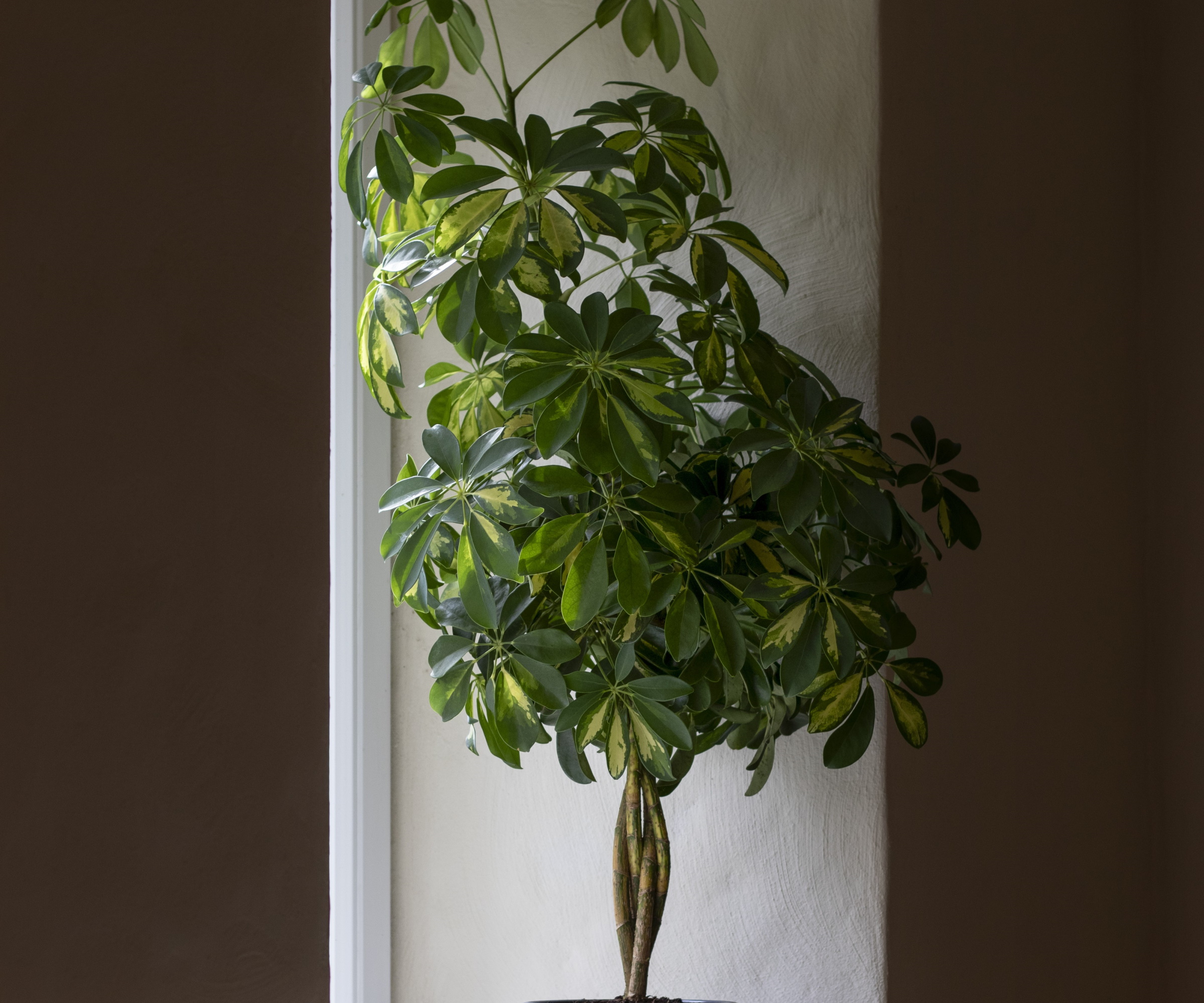
Schefflera arboricola, commonly known as the umbrella tree, is a tall indoor plant that can grow up to 10 ft. tall. It is known for shiny, oval leaves that form attractive rosettes, giving the appearance of an umbrella. Schefflera arboricola can be grown outdoors, in hardiness zone 10 - 12, but will happily grow indoors.
Whilst decorative, the umbrella tree is incredibly easy to look after. It likes lots of bright, indirect light, which will help the tree to grow. Annual repotting to a slightly larger pot will help to encourage your tree to grow.
Key points for growing your own umbrella tree:
- Light: The umbrella tree prefers lots of bright, indirect light, but avoid placing it next to a window, where direct light can scorch the leaves.
- Watering: Let the soil dry out a little in between watering. Check to see if the top two inches of soil are dry before watering by feeling the top of the soil.
- Soil: Use a free-draining potting mix with a good amount of drainage material, such as perlite or grit.
- Fertilizing: Fertilize every 4-6 weeks during the growing season. When thinking about your house plants in winter, remember you do not need to feed when the plants are not actively growing in the colder and darker months.
- Toxicity: All parts of the umbrella tree are toxic to humans and pets, so keep out of reach of young children and away from cats and dogs.
6. Rubber tree
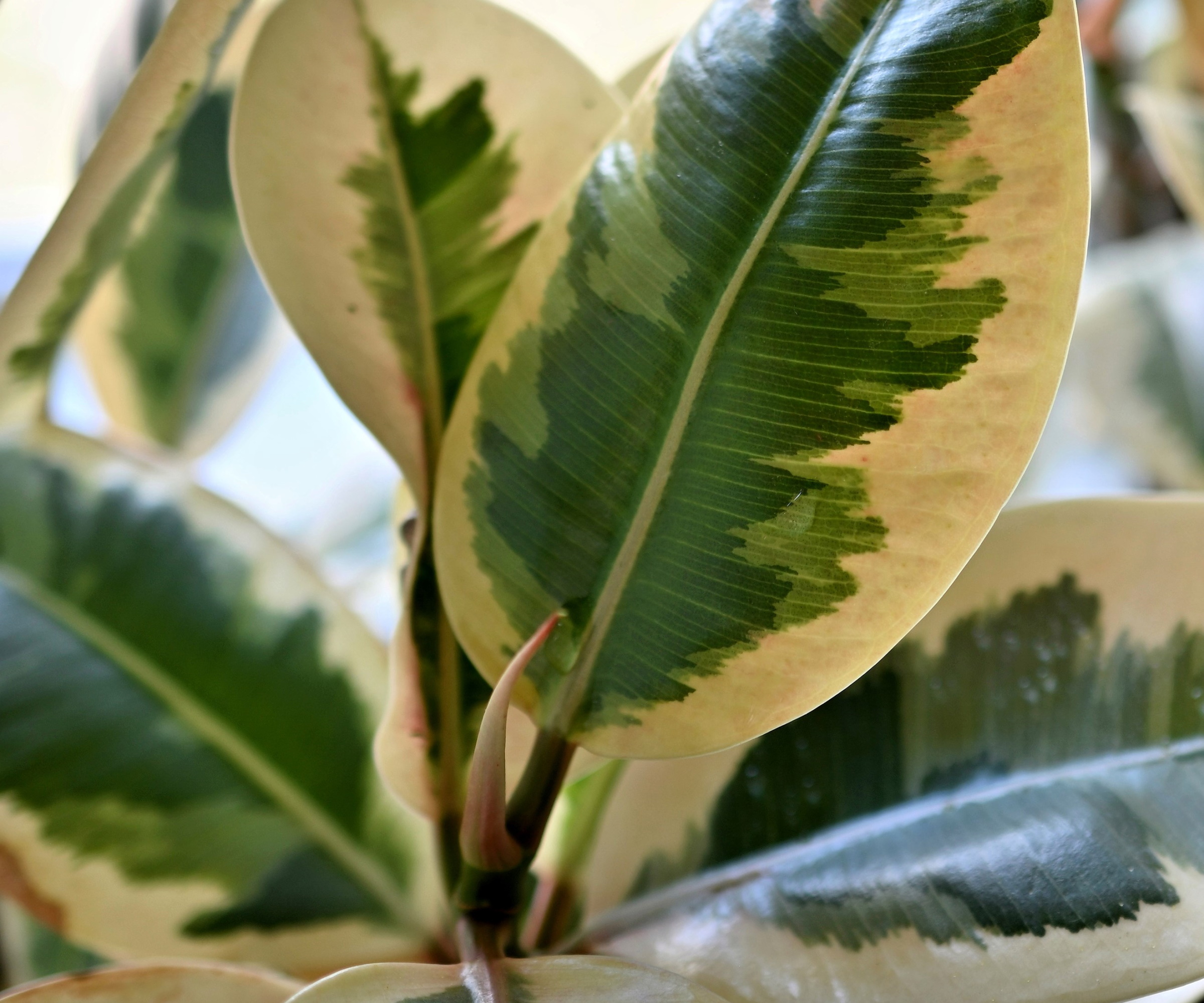
The rubber tree, or Ficus elastica, is a popular indoor tree because of the 'glossy, broad leaves,' says Vladan Nikolic. This plant will certainly create an impact when grown indoors. Whilst this is a fast growing indoor plant, opt for a larger specimen for instant impact. There are also several varieties of rubber plant, many with variegated leaves, which can add something unique to your indoor collection.
The rubber tree is a popular option as it is a very low maintenance plant, perfect for those who might worry about plant neglect. When thinking about rubber plant care, it is 'essential to provide it with a lot of indirect light, if you want it to be lush and full of leaves,' Vladan says, yet otherwise, the rubber tree is fairly self sufficient. They enjoy a humid environment, yet heat and moisture in the home seem sufficient for this indoor tree to do just fine.
Key points for growing a rubber tree at home:
- Light: The rubber tree will thrive in bright, indirect light. 'Do not move it from a brighter spot to a spot with less light,' Vladan says. 'This can cause leaf loss in just a few days.'
- Watering: Allow the soil to fully dry out before watering. Rubber trees do not like sitting in wet soil for long periods of time. 'This will also lead to leaf loss,' Vladan continues.
- Soil: Use a free-draining potting mix, as is the case for all indoor plants. Most store-bought potting mixes will need to be amended with perlite or bark, as above.
- Fertilizing: Feed every 4-6 weeks during the growing season with a fertilizer high in nitrogen. Do not fertilize when the plant is not growing in winter 'as this can lead to root damage,' Vladan says.
- Toxicity: The rubber tree is mildly toxic to pets, so keep away from cats and dogs at home.
FAQs
What indoor tree will tolerate shade?
Whilst no indoor tree will survive in total shade, one option for partial shade is the dragon tree, not mentioned here but a fast growing indoor plant that will tolerate low light levels as well as bright light.
Should you group your houseplants and trees together?
As long as your houseplants and trees have the same needs regarding light and humidity, grouping them is a good idea. Layering your plants can help to green up your home, using a mixture of indoor trees and plants, such as monstera. Grouping tropical plants can also improve the localized humidity, helping your plants to retain moisture.
Should you move your indoor trees and plants outside in the summer months?
If you can move the pots, time outside can benefit your indoor trees and plants. The best time to do this is during the summer when there is no risk of frost. Always check the weather as your plants will not appreciate strong winds and rain. Remember that they have been used to a very stable environment indoors.
Growing indoor trees can dramatically change your indoor space. Why not consider combining smaller easy indoor plants, with taller specimens, enhancing your home with greenery.

Thomas is a Content Editor within the Gardens Team at Homes and Gardens. He has worked as a professional gardener for both public spaces and private estates, specializing in productive gardening, growing food and flowers. Trained in Horticulture at the Garden Museum, he has written on gardening and garden history for various publications, including The English Garden, Gardens Illustrated, Hortus, The London Gardener and Bloom. He has co-authored a Lonely Planet travel book, The Tree Atlas, due out in 2024.
